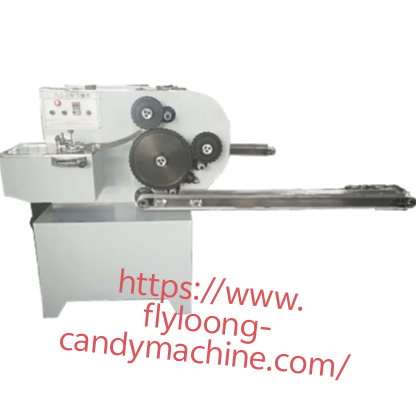Understanding the Role of a Milk Candy Machine in Confectionery Production
The milk candy machine plays a central role in modern confectionery manufacturing, especially for producers focusing on consistency, quality, and productivity. As consumer demand for milk-based sweets continues to grow across international markets, manufacturers require dependable equipment designed to streamline the production process while maintaining product standards.
Milk candies are known for their smooth texture, rich taste, and long shelf life. However, achieving the desired quality in every batch requires precise temperature control, ingredient blending, forming, and cooling—tasks that are efficiently handled by a dedicated milk candy machine. These machines are typically designed with stainless steel construction and food-grade components to ensure hygiene and durability, key factors in any food processing environment.
One of the main advantages of using a milk candy machine lies in its ability to automate multiple stages of production. From cooking and mixing to molding and wrapping, the machine significantly reduces the need for manual labor and minimizes the risk of human error. This automation not only increases output but also ensures consistent candy size, shape, and flavor.
In many confectionery setups, machines must support high volumes while adapting to a variety of formulations. A milk candy machine often comes with adjustable settings that allow for changes in batch size, ingredient ratios, and temperature. This flexibility is crucial when producing different types of milk-based sweets, such as soft chews, caramel-style treats, or filled candy variants.
Moreover, the integration of programmable logic controls (PLC) allows operators to fine-tune machine parameters for each production run. These control systems also enable real-time monitoring and alert users to any abnormalities in temperature or operation, helping prevent production delays or product defects. As technology continues to evolve, newer milk candy machines incorporate touchscreen interfaces, making operation more user-friendly and efficient.
Hygiene and safety are top concerns in food manufacturing. Milk candy machines are typically designed with easy-to-clean surfaces, removable parts, and enclosed systems that prevent contamination. Additionally, many units include safety interlocks and emergency stop features to protect workers during operation and maintenance.
Another important consideration is energy efficiency. Manufacturers increasingly look for equipment that delivers high output while keeping operational costs manageable. Many modern machines are designed to reduce energy consumption by optimizing heating elements and controlling cooking times. This balance of performance and resource management helps producers stay competitive and environmentally conscious.
Customization is also a key factor in machine selection. Depending on the type of candy and the specific needs of the facility, machines can be tailored in terms of capacity, output speed, mold design, and integration with packaging systems. Some milk candy machines are modular, allowing for future upgrades as production demands increase.
A milk candy machine is not just about functionality—it also reflects a company’s commitment to product quality and operational reliability. Investing in such equipment supports long-term efficiency, minimizes waste, and ensures a stable supply of high-quality candy for local and global markets.
As confectionery trends shift and customers seek more diverse flavors and textures, the importance of reliable machinery continues to grow. Whether a factory is producing traditional milk toffees or innovative milk-based confections, a well-designed milk candy machine forms the heart of the production line.


